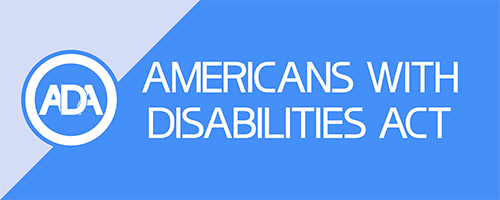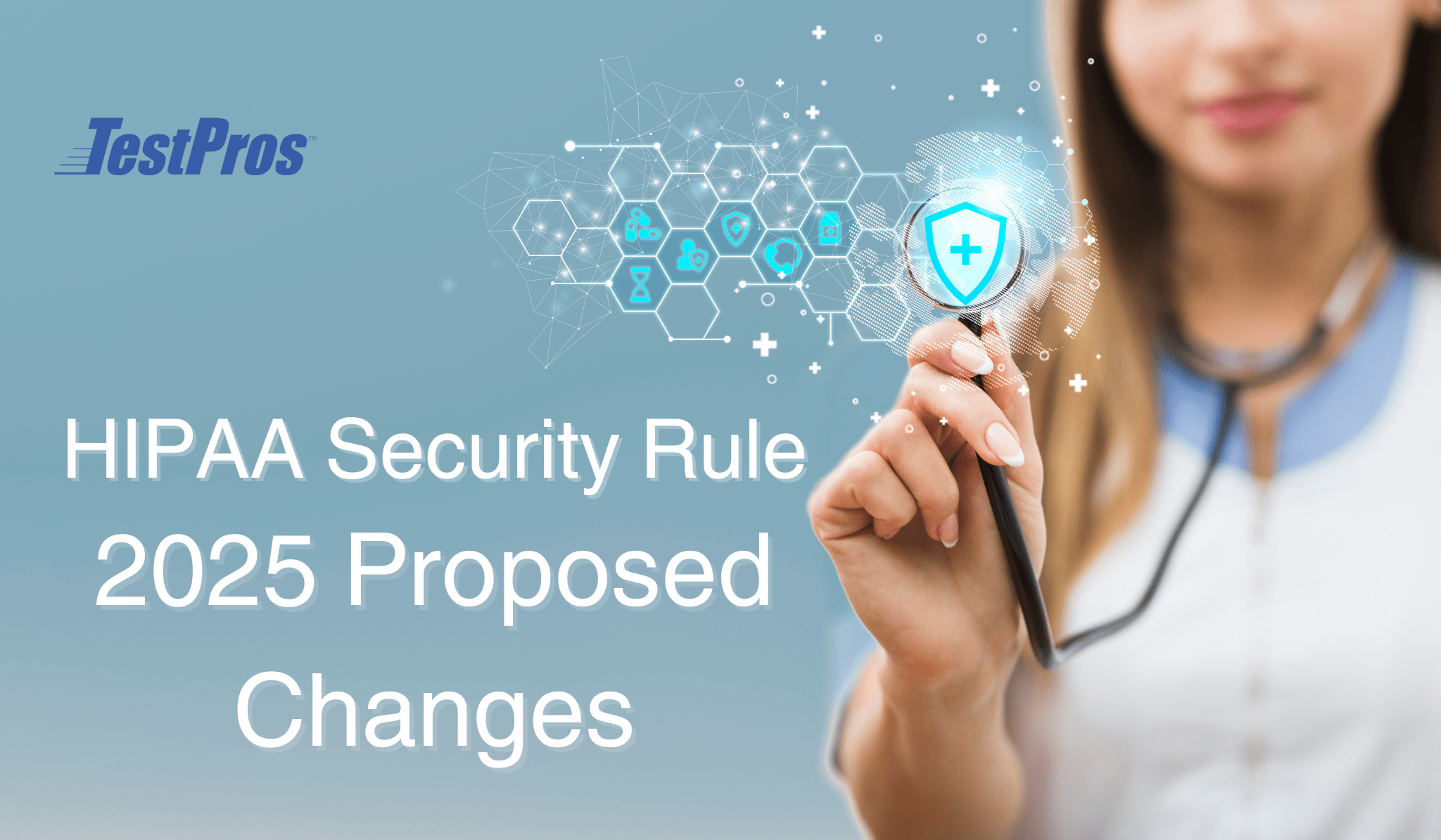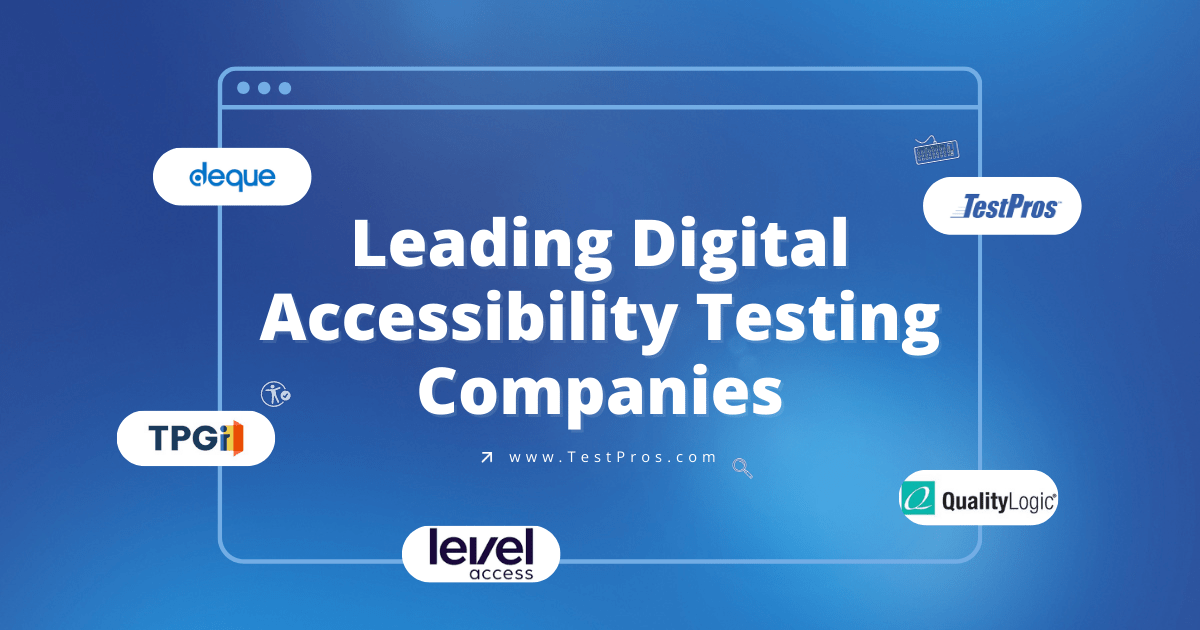Section 508 of the Americans with Disabilities Act (ADA) is a law which requires technology procured or developed by the federal government to be accessible. This article will provide some answers to commonly asked questions about Section 508.
In addition, we routinely find individuals referring to Section 508, when they really mean to refer to requirements found in Title III or Section 504 of the ADA.
Background of Section 508
The Americans with Disabilities Act (or ADA) and its associated amendments bans discrimination based on disability in the areas of employment, public accommodation, public services, transportation and telecommunications. President George H.W. Bush signed the ADA into law on July 26, 1990. Final regulations for Title I, the employment provisions of ADA, were issued on July 26, 1991 by the Equal Employment Opportunity Commission.
Also on that day, the Department of Justice issued final regulations, for Titles II (public services) and III (public accommodations). In addition, Section 508 specifically was added via amendment in the Workforce Investment Act of 1998.

When does Section 508 apply?
Section 508 specifically requires that, “When developing, procuring, maintaining, or using electronic and information technology, each Federal department or agency, including the United States Postal Service, shall ensure, unless an undue burden would be imposed on the department or agency, that the electronic and information technology allows, regardless of the type of medium of the technology”.
It is important to remember that Section 508 is not the same as Section 504 and/or Title III requirements. Section 504 maintains the requirements of Section 508, while being applicable to institutions who receive federal funding. You would be surprised how many entities receive federal funding, which may include but is not limited to public educational institutions, state and local governments, etc.
Additional information about Section 504 may be found on the ADA website.
Who does Section 508 apply to?
Section 508 does not apply to everyone, nor does it apply in all circumstances. Specifically, Section 508 applies to the following classifications of individuals:
- Individuals with disabilities who are Federal employees to have access to and use of information and data that is comparable to the access to and use of the information and data by Federal employees who are not individuals with disabilities; and
- Individuals with disabilities who are members of the public seeking information or services from a Federal department or agency to have access to and use of information and data that is comparable to the access to and use of the information and data by such members of the public who are not individuals with disabilities.
What are the exceptions to Section 508?
There are few exceptions to the above rule, but one is if compliance with the standards imposes an undue burden. The exemption for an undue burden may be granted, but data involved still must be provided via an alternative means. It is important to note that agencies granting an exception must provide a written explanation as to why compliance creates an undue burden and it will be the exception to the rule.
Some additional exceptions may include:
- Legacy ICT
- National Security Systems
- ICT Acquired Incidental to a Federal Contract
- Functions Located in Maintenance or Monitoring Spaces
- Fundamental Alteration
- Best Meets
How is Section 508 enforced?
There are several options for those with discrimination claims under the ADA. For Section 508, the recourse may include but is not limited to:
- Enforcement by the U.S. Department of Justice, Civil Rights Division, Disability Rights Section.
- Civil lawsuit
- Equal Opportunity Employment (EEO) complaints
- Federal Acquisition Regulation requirements
Based on the examples above, the consequences may include not being awarded a federal contract, being coerced to defend against a civil lawsuit, potential settlement payments, defendant attorney fees, and in the case of California, potentially an award of damages as well. In short, the financial consequences of non-compliance can be tremendous. In the case of complaints, other financial penalties may apply as well.
Need help complying with Section 508?
Assessments, testing and remediation
What Standards must be met?
The standards for applying Section 508 are part of the Federal Acquisition Regulation (FAR) and address access for people with physical, sensory, or cognitive disabilities.
They contain technical criteria specific to various types of technologies and performance-based requirements which focus on functional capabilities of covered products.
Specific criteria cover software applications and operating systems, web-based information and applications, computers, telecommunications products, video and multi-media, and self-contained closed products. The specific criteria have been a matter of contention in recent history. There are two key sets of standards that are typically applied for Section 508 compliance purposes:
- Standard published by the U.S. Access Board, which includes specific functional criteria. These functional criteria are lengthy, ambiguous, and generally inadequate.
- Second, and more commonly used, are the Web Content Accessibility Guidelines version 2.0 at the AA or AAA level.
Additional information on the standards and a full list of the accessibility requirements can be found in the revised Section 508 compliance checklist.
How do I demonstrate Compliance?
The Voluntary Product Accessibility Template (VPAT), which is sometimes also referred to as the Accessibility Conformance Report (ACR). The VPAT is a document commonly used to explain how information and communication technology products such as software, hardware, electronic content, and support documentation meet the Revised 508 Standards for IT accessibility.
However, you should always request guidance from the contracting officer for the procurement. Depending on the agency, they may have their own reporting requirements and/or standards (e.g., Department of Homeland Security). Some agencies may also require documentation in addition to the VPAT.
How can TestPros help?
Needless to say, compliance with Section 508 can be a handful. We highly suggest using experienced accessibility consultants, such as TestPros.
TestPros offers full life-cycle services for Section 508 compliance, to include but not limited to: initial accessibility testing, assessments / gap analysis, accessibility regression testing, integration of automated testing solutions in CI/CD pipelines, remediation of non-compliant software, and training.
To learn more about our Section 508 services, contact us and check out our services page!



